Every star generates a stellar wind of particles that causes a continual outflow of gas into space. For most stars, the mass lost is negligible. The Sun loses 10−14 solar masses every year, or about 0.01% of its total mass over its entire lifespan. However, very massive stars can lose 10−7 to 10−5 solar masses each year, significantly affecting their evolution. Stars that begin with more than 50 solar masses can lose over half their total mass while on the main sequence.
The duration that a star spends on the main sequence depends primarily on the amount of fuel it has to fuse and the rate at which it fuses that fuel, i.e. its initial mass and its luminosity. For the Sun, its life is estimated to be about 10 billion (1010) years. Massive stars consume their fuel very rapidly and are short-lived. Low mass stars consume their fuel very slowly. Stars less massive than 0.25 solar masses, called red dwarfs, are able to fuse nearly all of their mass as fuel while stars of about 1 solar mass can only use about 10% of their mass as fuel. The combination of their slow fuel-consumption and relatively large usable fuel supply allows stars about 0.25 times the mass of the Sun to last for about one trillion (1012) years according to stellar-evolution calculations, while the least-massive hydrogen-fusing stars (0.08 solar masses) will last for about 12 trillion years. At the end of their lives, red dwarfs simply become dimmer and dimmer. However, since the lifespan of such stars is greater than the current age of the universe (13.8 billion years), no stars under about 0.85 solar masses are expected to have moved off the main sequence.
Besides mass, the elements heavier than helium can play a significant role in the evolution of stars. Astronomers consider all elements heavier than helium "metals", and call the chemical concentration of these elements the metallicity. The metallicity can influence the duration that a star will burn its fuel, control the formation of magnetic fields and modify the strength of the stellar wind. Older, population II stars have substantially less metallicity than the younger, population I stars due to the composition of the molecular clouds from which they formed. Over time these clouds become increasingly enriched in heavier elements as older stars die and shed portions of their atmospheres.
The duration that a star spends on the main sequence depends primarily on the amount of fuel it has to fuse and the rate at which it fuses that fuel, i.e. its initial mass and its luminosity. For the Sun, its life is estimated to be about 10 billion (1010) years. Massive stars consume their fuel very rapidly and are short-lived. Low mass stars consume their fuel very slowly. Stars less massive than 0.25 solar masses, called red dwarfs, are able to fuse nearly all of their mass as fuel while stars of about 1 solar mass can only use about 10% of their mass as fuel. The combination of their slow fuel-consumption and relatively large usable fuel supply allows stars about 0.25 times the mass of the Sun to last for about one trillion (1012) years according to stellar-evolution calculations, while the least-massive hydrogen-fusing stars (0.08 solar masses) will last for about 12 trillion years. At the end of their lives, red dwarfs simply become dimmer and dimmer. However, since the lifespan of such stars is greater than the current age of the universe (13.8 billion years), no stars under about 0.85 solar masses are expected to have moved off the main sequence.
Besides mass, the elements heavier than helium can play a significant role in the evolution of stars. Astronomers consider all elements heavier than helium "metals", and call the chemical concentration of these elements the metallicity. The metallicity can influence the duration that a star will burn its fuel, control the formation of magnetic fields and modify the strength of the stellar wind. Older, population II stars have substantially less metallicity than the younger, population I stars due to the composition of the molecular clouds from which they formed. Over time these clouds become increasingly enriched in heavier elements as older stars die and shed portions of their atmospheres.


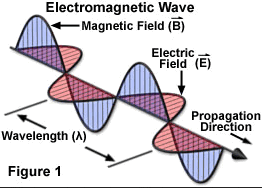
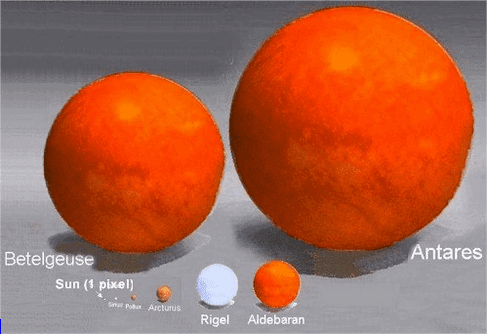
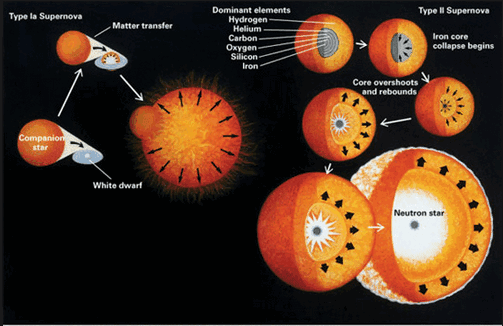
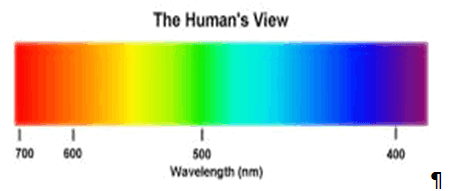
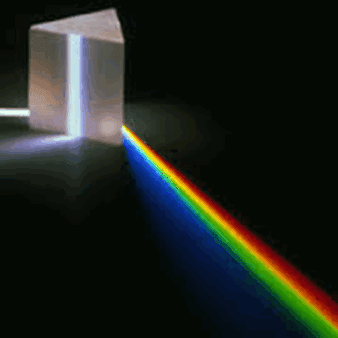
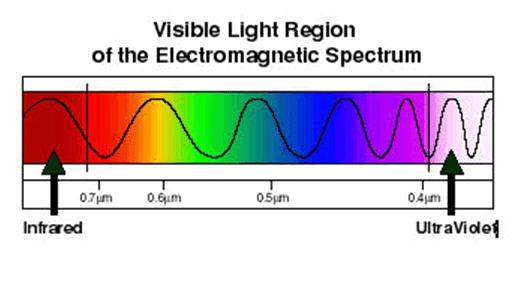












0 comments:
Post a Comment